PREPARE YOUR HOME FOR SHOWING

Where to Start: Begin to Prepare your Home for Showing
“You never get a second chance at a first impression.” We’ve all heard this expression before. And now, while you are preparing your house to sell, it should not be far from your mind.
While logical factors such as price and location narrow the pool of houses a potential buyer will look at, the ultimate decision to buy a particular house is fuelled by a mixture of logic and emotion. And emotion often wins out. The same might be said for the process of selling a home. For this reason, Real Estate Agents, when they talk to you about buying real estate, will refer to your purchase as a “home.” When discussing the sale of your current home, however, an agent will refer to it as the “house.” This is a conscious choice. The agent knows that buying a house is often an emotional decision, while, when selling a house, emotion should be separated from the process.
Buyers are searching for a “home”—a place in which they will feel comfortable, secure, and happy, a place in which they can imagine settling down and raising their family. As a seller, your goal is to cultivate these feelings through the property you’re selling. Look at your house as a marketable commodity. A buyer’s emotional response is triggered early, so you want to ensure you have done everything you can to encourage a positive response to your house from the outset. Within minutes—even seconds—of pulling into your driveway, buyers have formed an impression that they will carry with them through the rest of the showing, and beyond. Keep in mind, this impression will not only influence whether or not they make an offer, but also what they consider to be the value of the property.
“You never get a second chance at a first impression.” We’ve all heard this expression before. And now, while you are preparing your house to sell, it should not be far from your mind.
While logical factors such as price and location narrow the pool of houses a potential buyer will look at, the ultimate decision to buy a particular house is fuelled by a mixture of logic and emotion. And emotion often wins out. The same might be said for the process of selling a home. For this reason, Real Estate Agents, when they talk to you about buying real estate, will refer to your purchase as a “home.” When discussing the sale of your current home, however, an agent will refer to it as the “house.” This is a conscious choice. The agent knows that buying a house is often an emotional decision, while, when selling a house, emotion should be separated from the process.
Buyers are searching for a “home”—a place in which they will feel comfortable, secure, and happy, a place in which they can imagine settling down and raising their family. As a seller, your goal is to cultivate these feelings through the property you’re selling. Look at your house as a marketable commodity. A buyer’s emotional response is triggered early, so you want to ensure you have done everything you can to encourage a positive response to your house from the outset. Within minutes—even seconds—of pulling into your driveway, buyers have formed an impression that they will carry with them through the rest of the showing, and beyond. Keep in mind, this impression will not only influence whether or not they make an offer, but also what they consider to be the value of the property.
If you’ve ever visited model homes, you’re familiar with effective presentation styles. Have you ever walked into one of these homes and immediately begun taking stock, planning how to get your home to look that good? Well, now is the time to take some of these steps. Of course, there are ways to achieve the same effect in your own home without incurring model home costs.
When homes create this immediate type of emotional appeal, they tend to sell quickly—and for more money. Use the following step-by-step guide to get your house into selling shape before you put the property on the market, and you’ll be well on your way to a successful sale!
1. Depersonalize.
This should be one of your first steps when you begin preparing your house to sell. Over the years, a home inevitably becomes tattooed with the owners’ lives, covered with touches that have made it that special place for you. At this point, however, you want buyers to recognize it as a property they could make into their unique place. When a homebuyer walks into a room and sees these personalizing touches—such as photos on the walls or trophy collections—their ability to picture their own lives in this room is jarred, impairing a positive emotional response. So, your first step will be to remove all the family photos,
the trophies, collectible items, and souvenirs. Pack them all together, so you’ll have everything you need at your disposal when it comes time to personalize your new home. For the time being, rent a storage space and keep these items there. Do not simply transfer these items to another place in your house. Do
not hoard them away in a closet, basement, attic, or garage, as the next step in preparing your home is to minimize clutter—and these areas of your house will all be targeted.
2. Remove all clutter.
The next step on the list is to purge your house of the excess items that have accumulated over the years. This is the hardest part for many people, as they have an emotional investment in many of these things. When you have lived in a house for several years, a build-up of personal effects occurs that is often so
gradual that you don’t notice the space is becoming cluttered. If you need to, bring in an objective friend to help point out areas that could stand to be cleared. Try to stand back yourself and see your house as a buyer might. Survey shelves, countertops, drawers, closets, the basement—all places where clutter
often accumulates—to determine what needs to go. Use a system to help you decide: get rid of all items, for example, you haven’t used in the past five years, and pack up everything that you haven’t used in the past year. Although getting rid of some things might be hard, try to do it without conscience or remorse.
You’ll be forced to go through this process anyway when you move, and with each box you eliminate, your storage space—and the room in general—begins to look larger. We’ve broken down the process into specific areas of your house to help you concentrate your efforts:
Kitchen:
The kitchen is an ideal place to begin, as it’s easy to spot and eliminate the type of clutter that tends to accumulate here. Homebuyers will open your drawers and cabinets as they’ll want to check if there will be enough room for their own belongings. If the drawers appear cluttered and crowded, this will give them the impression there is not enough space.
• First of all, remove everything from the counters, even the toaster (the toaster can be stored in a cabinet, and brought out when needed).
• Clean out all the cabinets and drawers. Put aside all of the dishes, pots and pans that you rarely use, then box them and put them in the storage unit you have rented (again, not in the basement or a closet).
• If you, like many people, have a “junk drawer,” clear this out.
• Get rid of the food items in the pantry that you don’t use. Begin to use up existing food—let what you have on your shelves dictate your menus from now on.
• Remove all extra cleaning supplies from the shelves beneath the sink.
Make sure this area is as empty as possible. You should thoroughly clean this spot as well, and check for any water stains that might indicate leaking pipes. Buyers will look in most cabinets, and will notice any telltale signs of damage.
Closets:
• Go through all clothes and shoes. If you don’t wear something anymore, get rid of it. We all have those clothes, too, that we wear only once in awhile, but can’t bear to give away. Box these items and keep them in the storage unit for a few months.
• Go through all other personal items in the closet. Be ruthless. Weed out everything you don’t absolutely need.
• Remove any unsightly boxes from the back of the closet. Put them in storage if need be. Get everything off the floor. Closets should look as though they have enough room to hold additional items.
Furniture:
• You may want to tour a few model homes in order to gauge the type of furniture chosen by design teams to create a spacious, yet comfortable atmosphere. Note how that furniture is arranged to cultivate a certain feeling.
• After having armed yourself with some ideas, stand back and look at each of your rooms. What will you need to remove? Remember, most homes contain too much furniture for showings. These are items that you’ve grown comfortable with and that have become incorporated into your everyday routine. However, each room should offer a sense of spaciousness, so some furniture will likely need to be placed in storage.
Storage Areas:
• Basements, garages, attics, and sheds: these are the “junkyard” areas of any given home. It is possible to arrange simple clutter into a certain order, but junk is sent packing to these often-hidden rooms. First, determine which of these boxes and items you actually need. Can some of it be sent to the dump once and for all?
• Hold a Garage Sale. You’ve heard the saying, “One person’s trash is another’s treasure.” Let these items go to a better home.
• Transfer some items to the rental storage unit. You’ll want to clear the storage areas in your house as much as possible, in order for them to appear spacious to potential home-buyers. Buyers want the reassurance that their own excess belongings will find places for storage in their new home.
1. Depersonalize.
This should be one of your first steps when you begin preparing your house to sell. Over the years, a home inevitably becomes tattooed with the owners’ lives, covered with touches that have made it that special place for you. At this point, however, you want buyers to recognize it as a property they could make into their unique place. When a homebuyer walks into a room and sees these personalizing touches—such as photos on the walls or trophy collections—their ability to picture their own lives in this room is jarred, impairing a positive emotional response. So, your first step will be to remove all the family photos,
the trophies, collectible items, and souvenirs. Pack them all together, so you’ll have everything you need at your disposal when it comes time to personalize your new home. For the time being, rent a storage space and keep these items there. Do not simply transfer these items to another place in your house. Do
not hoard them away in a closet, basement, attic, or garage, as the next step in preparing your home is to minimize clutter—and these areas of your house will all be targeted.
2. Remove all clutter.
The next step on the list is to purge your house of the excess items that have accumulated over the years. This is the hardest part for many people, as they have an emotional investment in many of these things. When you have lived in a house for several years, a build-up of personal effects occurs that is often so
gradual that you don’t notice the space is becoming cluttered. If you need to, bring in an objective friend to help point out areas that could stand to be cleared. Try to stand back yourself and see your house as a buyer might. Survey shelves, countertops, drawers, closets, the basement—all places where clutter
often accumulates—to determine what needs to go. Use a system to help you decide: get rid of all items, for example, you haven’t used in the past five years, and pack up everything that you haven’t used in the past year. Although getting rid of some things might be hard, try to do it without conscience or remorse.
You’ll be forced to go through this process anyway when you move, and with each box you eliminate, your storage space—and the room in general—begins to look larger. We’ve broken down the process into specific areas of your house to help you concentrate your efforts:
Kitchen:
The kitchen is an ideal place to begin, as it’s easy to spot and eliminate the type of clutter that tends to accumulate here. Homebuyers will open your drawers and cabinets as they’ll want to check if there will be enough room for their own belongings. If the drawers appear cluttered and crowded, this will give them the impression there is not enough space.
• First of all, remove everything from the counters, even the toaster (the toaster can be stored in a cabinet, and brought out when needed).
• Clean out all the cabinets and drawers. Put aside all of the dishes, pots and pans that you rarely use, then box them and put them in the storage unit you have rented (again, not in the basement or a closet).
• If you, like many people, have a “junk drawer,” clear this out.
• Get rid of the food items in the pantry that you don’t use. Begin to use up existing food—let what you have on your shelves dictate your menus from now on.
• Remove all extra cleaning supplies from the shelves beneath the sink.
Make sure this area is as empty as possible. You should thoroughly clean this spot as well, and check for any water stains that might indicate leaking pipes. Buyers will look in most cabinets, and will notice any telltale signs of damage.
Closets:
• Go through all clothes and shoes. If you don’t wear something anymore, get rid of it. We all have those clothes, too, that we wear only once in awhile, but can’t bear to give away. Box these items and keep them in the storage unit for a few months.
• Go through all other personal items in the closet. Be ruthless. Weed out everything you don’t absolutely need.
• Remove any unsightly boxes from the back of the closet. Put them in storage if need be. Get everything off the floor. Closets should look as though they have enough room to hold additional items.
Furniture:
• You may want to tour a few model homes in order to gauge the type of furniture chosen by design teams to create a spacious, yet comfortable atmosphere. Note how that furniture is arranged to cultivate a certain feeling.
• After having armed yourself with some ideas, stand back and look at each of your rooms. What will you need to remove? Remember, most homes contain too much furniture for showings. These are items that you’ve grown comfortable with and that have become incorporated into your everyday routine. However, each room should offer a sense of spaciousness, so some furniture will likely need to be placed in storage.
Storage Areas:
• Basements, garages, attics, and sheds: these are the “junkyard” areas of any given home. It is possible to arrange simple clutter into a certain order, but junk is sent packing to these often-hidden rooms. First, determine which of these boxes and items you actually need. Can some of it be sent to the dump once and for all?
• Hold a Garage Sale. You’ve heard the saying, “One person’s trash is another’s treasure.” Let these items go to a better home.
• Transfer some items to the rental storage unit. You’ll want to clear the storage areas in your house as much as possible, in order for them to appear spacious to potential home-buyers. Buyers want the reassurance that their own excess belongings will find places for storage in their new home.
Categories
Recent Posts

Discover Modern Living at Moody on the Hill: 232 SIXTH ST #308, New Westminster

213 8360 DELSOM WAY DELTA BC SOLD
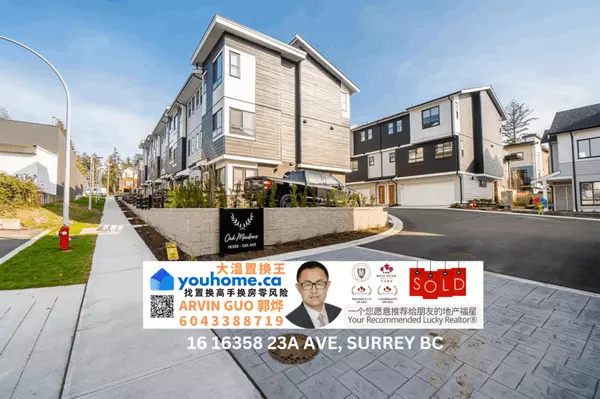
16 16358 23A AVE, SURREY BC SOLD
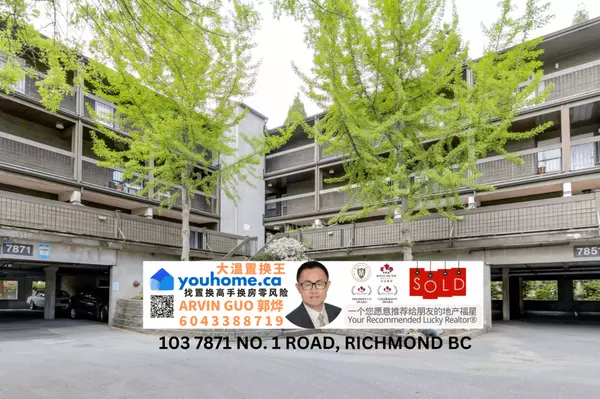
103 7871 NO. 1 ROAD, RICHMOND BC SOLD

4261 MUSQUEAM DRIVE, VANCOUVER BC SOLD

161 1331 OLMSTED STREET, COQUITLAM BC SOLD

124 15399 GUILDFORD DRIVE, SURREY BC SOLD
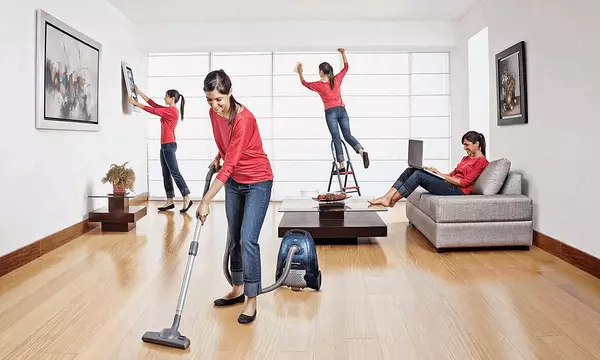
PREPARE YOUR HOME FOR SHOWING
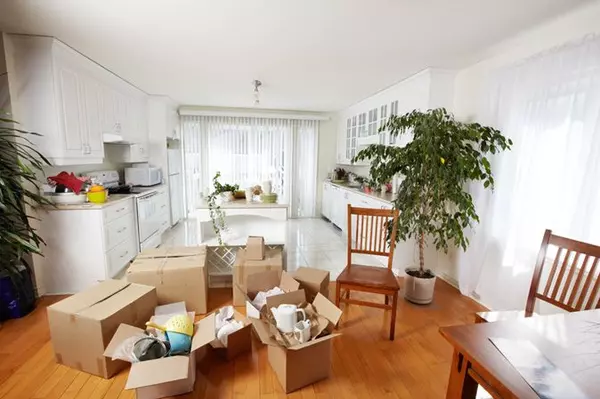
TIPS FOR THE MOVING PROCESS
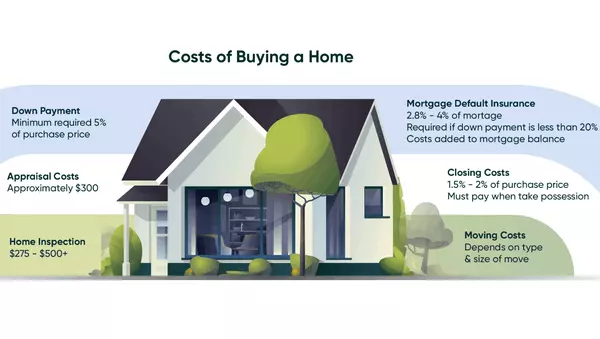
EXPENSES TO EXPECT WHEN BUYING A HOME
GET MORE INFORMATION

ARVIN 大温置换王
Real Estate Advisor | License ID: V83969
Real Estate Advisor License ID: V83969
